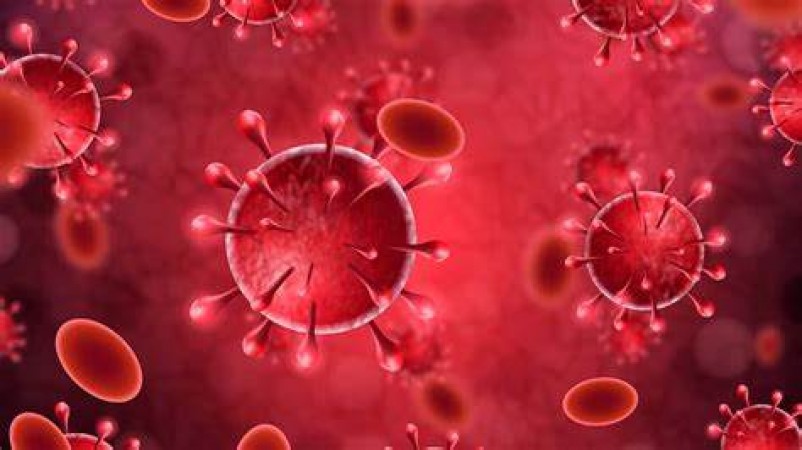
Blood cancer, also known as hematologic cancer, affects the blood, bone marrow, and lymphatic system. Early detection is crucial for effective treatment. This article will outline the early warning signs and the diagnostic process for blood cancer.
Detecting blood cancer in its early stages can significantly improve the chances of successful treatment. Here are some key warning signs:
Feeling excessively tired and lacking energy could be an early indicator of blood cancer. This fatigue often doesn't improve with rest.
Sudden and unexplained weight loss, even without changes in diet or exercise, may be a sign of blood cancer.
Recurring infections or illnesses can be a result of compromised immune function due to abnormal blood cells.
Easy bruising, prolonged bleeding from minor cuts, or frequent nosebleeds might suggest an issue with the blood's clotting ability.
Enlarged lymph nodes, especially in the neck, armpits, or groin, can be a sign that the lymphatic system is affected.
Persistent pain in bones and joints, sometimes accompanied by swelling, can be a symptom of blood cancer.
Breathlessness or difficulty in catching breath during regular activities could be an early sign of blood cancer.
If you experience any of these signs persistently, it's important to consult a healthcare professional. A timely diagnosis is crucial for managing blood cancer effectively.
The initial step involves a thorough discussion of your medical history and a physical examination by a healthcare provider.
Blood tests can help identify abnormal levels of blood cells or other substances that may indicate the presence of blood cancer.
This involves collecting a small sample of bone marrow for examination under a microscope to determine if cancerous cells are present.
X-rays, CT scans, MRI, or PET scans may be used to identify the extent of the disease and its impact on the body.
After the initial tests, if blood cancer is suspected, further steps are taken for a definitive diagnosis.
If lymphoma is suspected, a lymph node biopsy may be performed to examine the tissue for cancer cells.
This involves studying the chromosomes and genes in cells to detect any abnormalities associated with blood cancer.
It's a test to measure the characteristics of cells, especially blood cells, to identify any unusual cell types.
This examines specific genes, proteins, and other molecules within the cancer cells to help determine the most effective treatment.
Early detection of blood cancer is essential for timely and effective treatment. Understanding the warning signs and seeking medical attention promptly can make a significant difference in the outcome of this disease.
A Man's Unique Journey: Marrying Seven Brides in One Grand Day
How to Share Internet Data with Another Mobile: A Comprehensive Guide